Business analysts in Mississippi are watching as Kodak completed 20 months of Chapter 11 bankruptcy protection on Sept. 3 and addressed huge expenses that the company carried from days when it was much bigger. Instead of filing Chapter 7 bankruptcy and closing their doors, the company opted to restructure their business and make a new beginning.
The company’s CEO felt that the decision was the best although it was difficult for many people. He became president in 2006 when the company was struggling due to a number of shortfalls, such as retiree health care in this nation and pension fund shortages in the United Kingdom. He believes that the company will be successful and continue to grow now that the bankruptcy has been resolved. He spent time convincing customers that the bankruptcy would work, and he is looking forward to focusing on the company’s future.
The ending of the bankruptcy meant a number of financial changes for Kodak, including the sale of the Document Imaging and the Personalized Imaging business, which involved document scanning and camera, film and photo paper. In addition, the restructuring included the payment of debt, revamping the board and replacement of all stocks and some bonds. Some of the bonds that were cancelled were scheduled to mature between 2013 and 2021. The Document Imaging business and the Personalized Imaging business are now part of a new U.K. company called Kodak Alaris, and both divisions hired new presidents. The new company plans to hire 4,700 employees globally and estimates they will boast revenues of $1.3 billion.
When a business thinks about filing bankruptcy, they might not realize they can restructure their company through Chapter 11. A bankruptcy lawyer might be able to help clients determine if Chapter 7 or Chapter 11 is more appropriate.
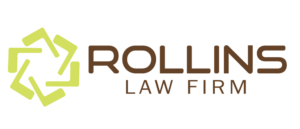
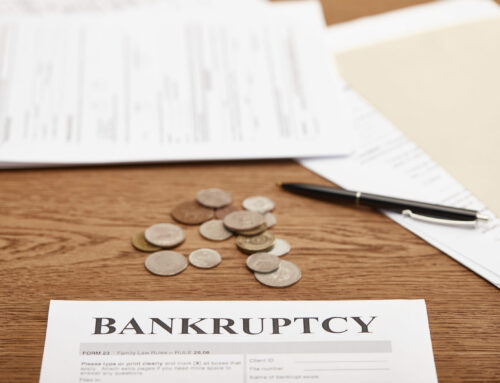
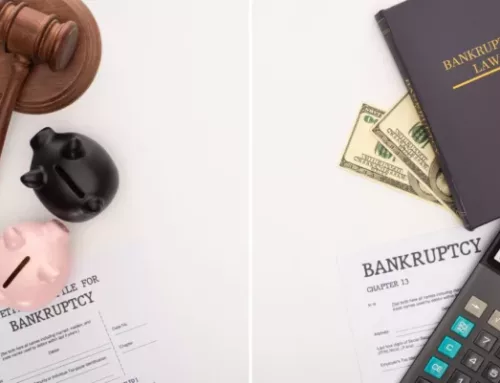
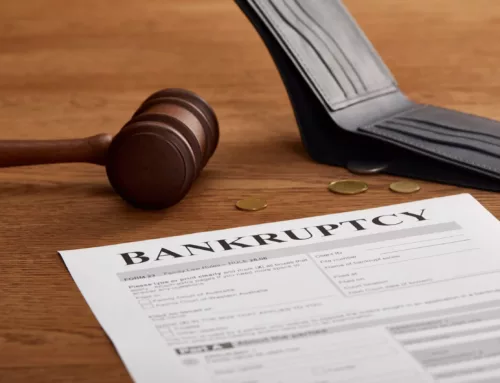



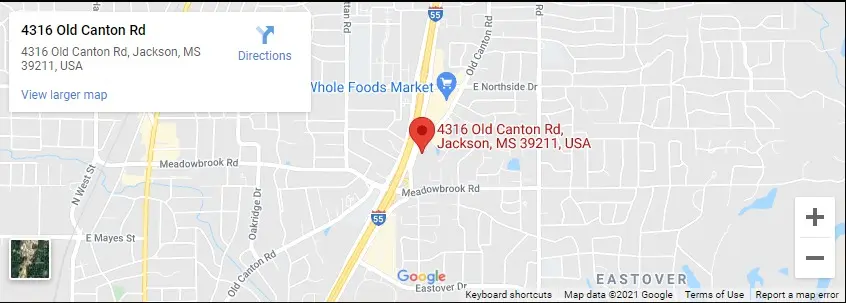
Connect with Us